How To Mount A Ceiling Projector?
Mounting a ceiling projector can transform your home entertainment system or office presentation setup into a professional and streamlined experience. However, the process can seem daunting if you’ve never done it before. This article will guide you through the steps to mount a ceiling projector, ensuring you achieve the best possible results. We will cover everything from selecting the right projector and mount, to the actual installation process, and finally, optimizing the setup for the best viewing experience.
Step 1: Selecting the Right Projector and Mount
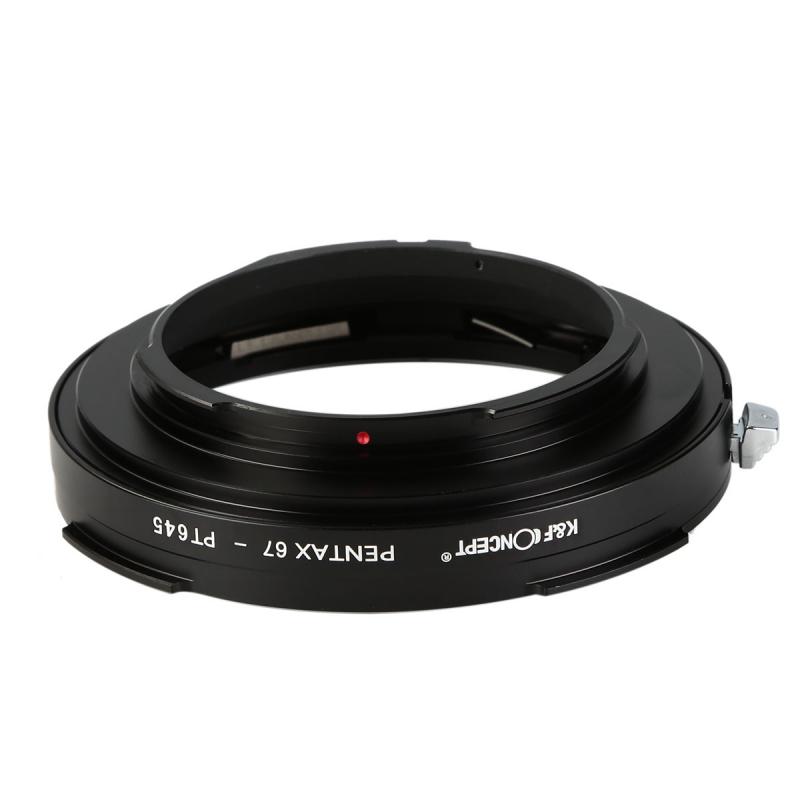
Before you begin the installation process, it’s crucial to choose the right projector and mount for your needs. Here are some factors to consider:
Projector Selection
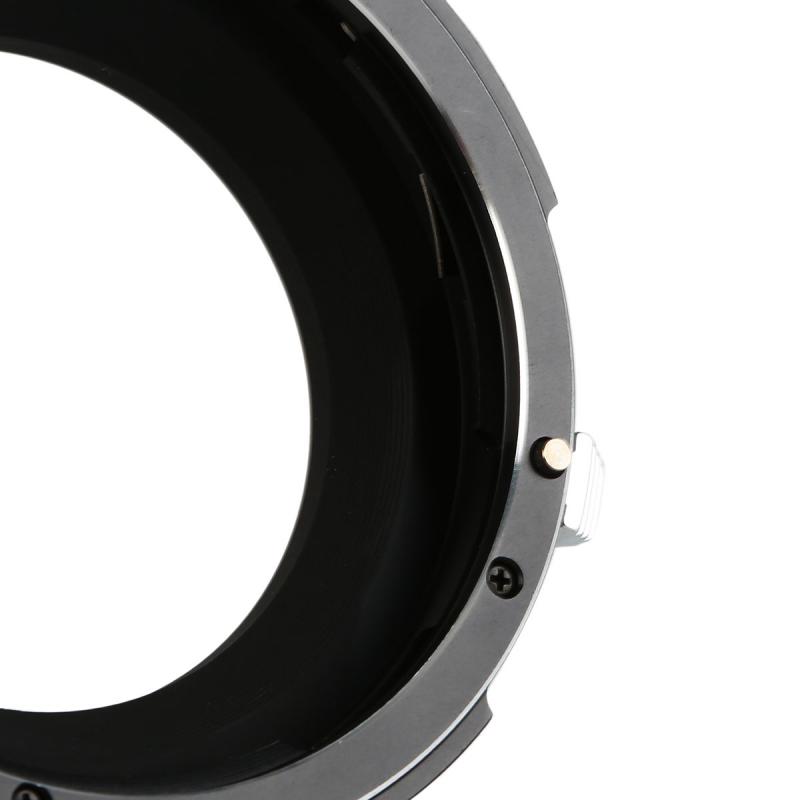
1. Resolution and Brightness: Depending on your usage, you may need a projector with high resolution (1080p or 4K) and brightness (measured in lumens). For home theaters, a higher resolution and moderate brightness are ideal. For office presentations, higher brightness is often more important.
2. Throw Distance: This is the distance between the projector and the screen. Measure your room to ensure the projector you choose can project a large enough image from the mounting location.
3. Connectivity: Ensure the projector has the necessary ports (HDMI, USB, etc.) for your devices.
Mount Selection
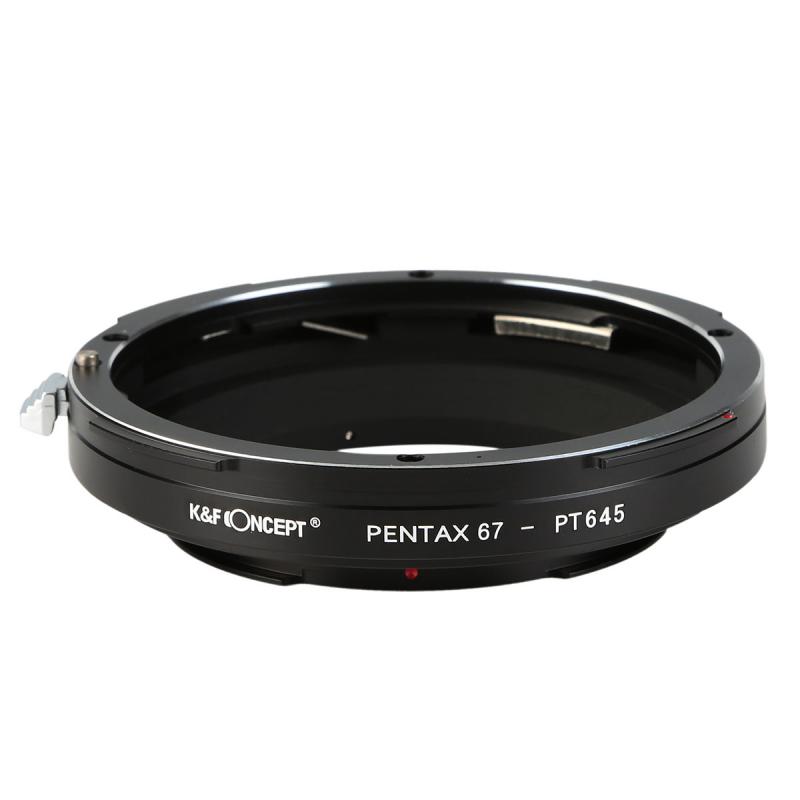
1. Compatibility: Ensure the mount is compatible with your projector model. Most mounts are universal, but it’s always good to double-check.
2. Adjustability: Look for a mount that allows for tilt, swivel, and rotation adjustments to fine-tune the projector’s position.
3. Weight Capacity: Ensure the mount can support the weight of your projector.
Step 2: Planning the Installation

Proper planning is essential for a successful installation. Here’s what you need to do:
1. Determine the Mounting Location: The projector should be centered with the screen and at the correct distance to achieve the desired image size. Use the projector’s manual to find the optimal throw distance.
2. Check Ceiling Structure: Ensure the ceiling can support the weight of the projector and mount. If you’re mounting on drywall, locate the ceiling joists for secure installation.
3. Gather Tools and Materials: You’ll need a drill, screws, a stud finder, a measuring tape, a level, and possibly a ladder.
Step 3: Installing the Mount
With your plan in place, it’s time to install the mount. Follow these steps:
1. Mark the Mounting Points: Use a stud finder to locate the ceiling joists and mark the points where you’ll attach the mount. Ensure these points are aligned with the projector’s optimal position.
2. Drill Pilot Holes: Drill pilot holes at the marked points to make it easier to insert the screws.
3. Attach the Mount to the Ceiling: Secure the mount to the ceiling using the screws provided. Ensure it’s firmly attached and level.
Step 4: Attaching the Projector to the Mount
Once the mount is securely attached to the ceiling, you can attach the projector:
1. Attach the Mounting Plate to the Projector: Most mounts come with a mounting plate that attaches to the projector. Follow the manufacturer’s instructions to secure the plate to the projector.
2. Connect the Projector to the Mount: Lift the projector and attach it to the ceiling mount. This may require an extra pair of hands to ensure safety and precision.
3. Secure the Projector: Ensure the projector is securely attached to the mount and make any necessary adjustments to the tilt, swivel, and rotation to align the image with the screen.
Step 5: Connecting and Calibrating the Projector
With the projector mounted, the final step is to connect and calibrate it:
1. Connect the Cables: Connect the necessary cables (HDMI, power, etc.) to the projector. Use cable management solutions to keep the cables organized and out of sight.
2. Power On the Projector: Turn on the projector and ensure it’s functioning correctly.
3. Adjust the Image: Use the projector’s settings to adjust the focus, zoom, and keystone correction to achieve a clear and properly aligned image.
4. Calibrate the Colors: If your projector has color calibration settings, use them to adjust the colors for the best viewing experience.
Tips for Optimal Viewing Experience
1. Screen Selection: Choose a high-quality screen that complements your projector. The screen material and gain can significantly impact the image quality.
2. Ambient Light Control: Minimize ambient light in the room to enhance the projector’s image quality. Use blackout curtains or shades if necessary.
3. Sound System: Consider adding a sound system to complement your projector setup. A good audio system can significantly enhance the overall experience.
Troubleshooting Common Issues
1. Image Alignment: If the image is not aligned correctly, adjust the projector’s position using the mount’s tilt, swivel, and rotation features.
2. Blurry Image: Ensure the projector is focused correctly and the lens is clean. Adjust the focus settings if necessary.
3. Connectivity Issues: Check all cable connections and ensure the projector is set to the correct input source.
Mounting a ceiling projector can seem like a complex task, but with the right preparation and tools, it’s a manageable DIY project. By following the steps outlined in this guide, you can achieve a professional and streamlined projector setup that enhances your home entertainment or office presentation experience. Remember to take your time, double-check your measurements, and ensure everything is securely attached for the best results. Happy viewing!


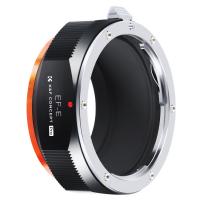
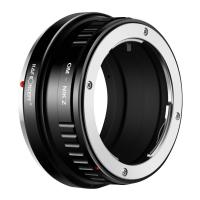
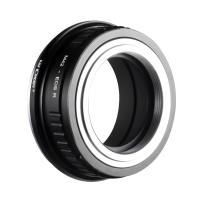
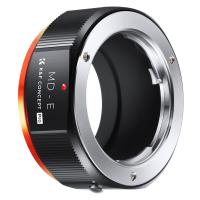

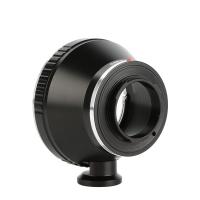
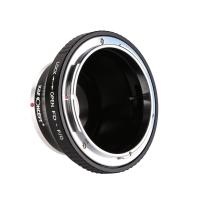
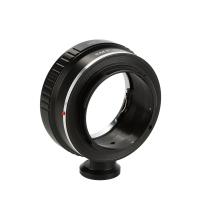
-200x200.png)
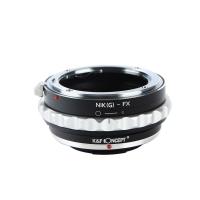



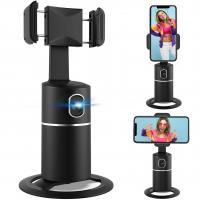
There are no comments for this blog.